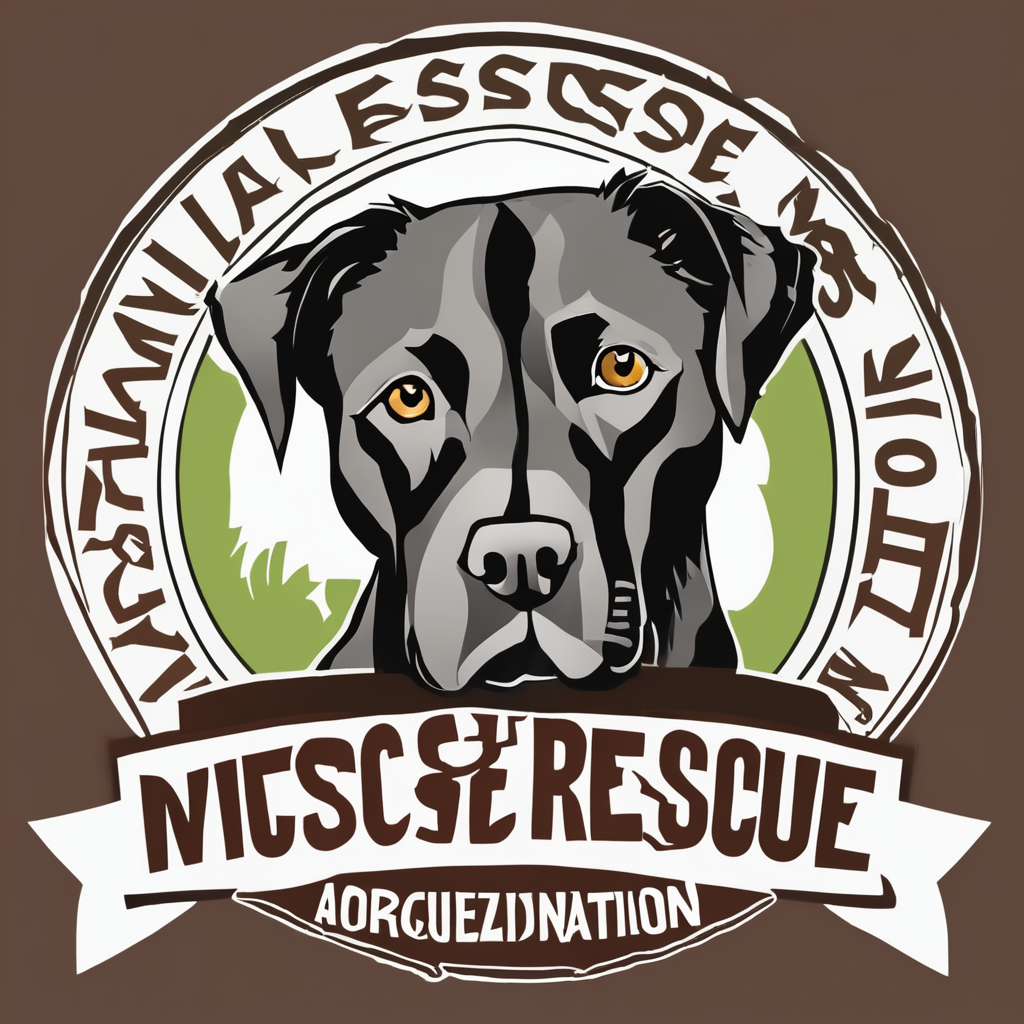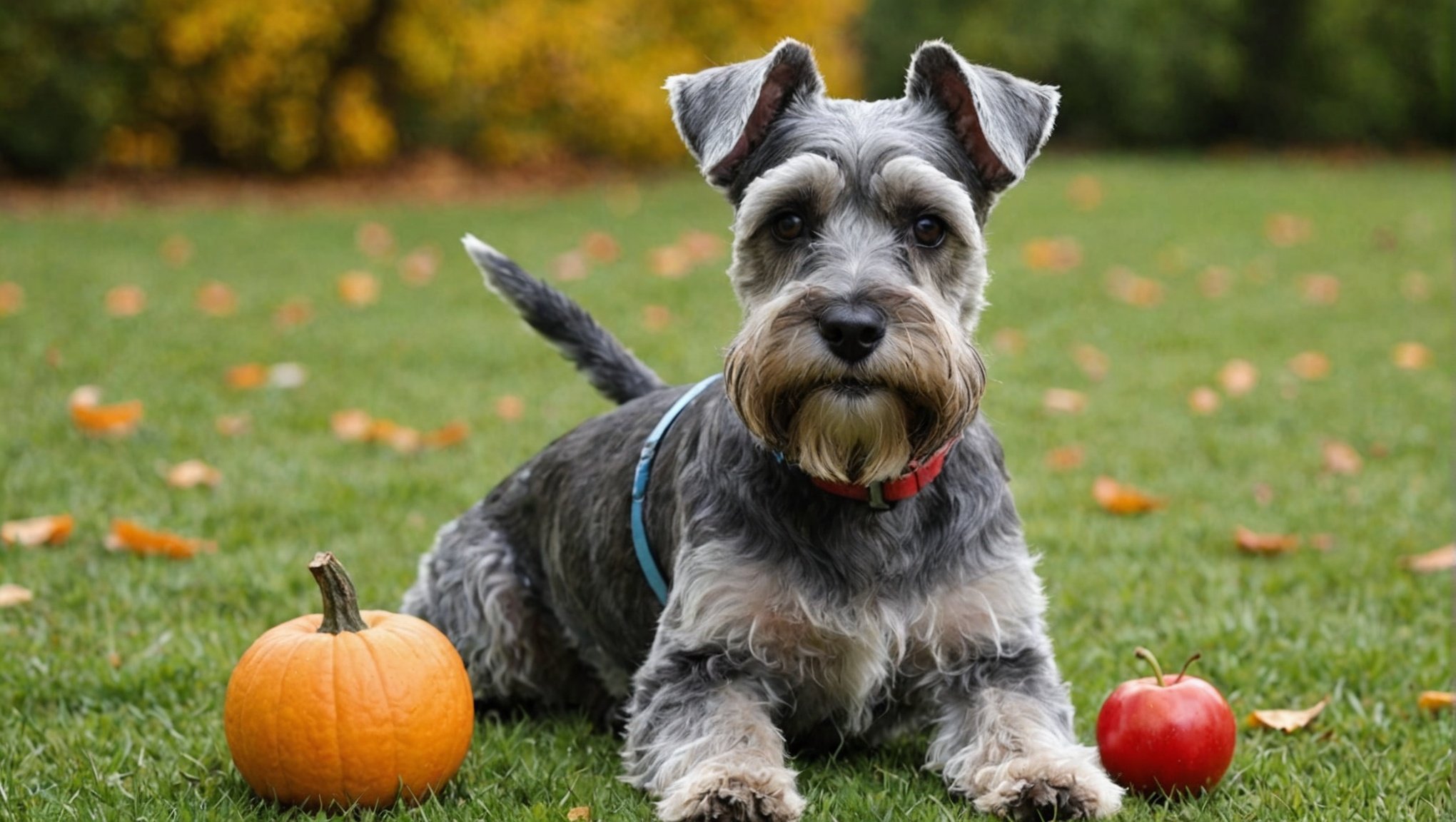A canine companion can bring joys that are second to none. But being a dog parent also means taking on the responsibility for their health and wellbeing. This becomes even more critical when your pet suffers from a chronic health condition like diabetes. Today, we’ll focus on a specific breed that often grapples with this concern – the Miniature Schnauzer.
Just like humans, dogs too can develop diabetes, and certain breeds, like Miniature Schnauzers, are more prone to this malady. Ensuring a proper diet for your diabetic Miniature Schnauzer, therefore, can make a vast difference to their quality of life. We’ll explore this topic in deep, discuss the signs of diabetes in Miniature Schnauzers, delve into the best dietary options, and offer tips on creating a balanced food plan for these adorable pets. Let’s get started.
Dans le meme genre : What are the specific grooming needs for a Yorkshire Terrier’s fine hair?
Recognizing Diabetes in your Miniature Schnauzer
Before learning how to cater to a diabetic Miniature Schnauzer’s diet, it’s crucial to understand the signs of this ailment in your pet. High level of glucose in the blood, often referred to as hyperglycemia, is the primary indicator of diabetes. This condition can lead to several physical changes in your pet’s life.
Miniature Schnauzers suffering from diabetes may exhibit increased thirst, frequent urination, and significant weight loss despite having a consistent appetite. They may also display recurrent infections, have high levels of glucose in their urine and blood, and exhibit cataracts if left untreated.
Sujet a lire : How can you prevent a Mastiff from becoming aggressive toward other dogs?
Even if you notice one or two of these symptoms, it’s wise to take your pet to a vet immediately. Early detection can make managing this condition easier, and specific dietary modifications can help control the progression of this disease.
Dietary Management for Diabetic Miniature Schnauzers
Managing the diet of a diabetic Miniature Schnauzer is not just about what goes in the food bowl but also about regular feeding times. A balanced diet is of utmost importance, as it directly impacts your pet’s insulin requirements.
Diabetic dogs need a diet that’s high in fiber and complex carbohydrates, and low in fat and simple sugars. Foods high in fiber help slow the absorption of glucose into the bloodstream, stabilizing blood sugar levels.
Protein should constitute a substantial portion of your miniature Schnauzer’s diet. Lean meats such as chicken, turkey, and fish are excellent sources of protein. Remember, a diet too low in protein can lead to muscle loss and weaken your pet’s immune system.
Additionally, their meal plan should also include fruits and vegetables, as they are rich in antioxidants and fiber. However, be sure to avoid fruits with high sugar content, like grapes and cherries.
Top Food Choices for Diabetic Miniature Schnauzers
You may wonder, "What is the best food for my diabetic Miniature Schnauzer?" Commercial dog foods that are specially formulated for diabetic dogs are available in the market. But it’s essential to consult with your vet before making a switch, as every dog’s requirements might differ.
For homemade meals, lean protein sources like chicken breast, turkey, or fish are excellent choices. Brown rice, barley, and quinoa provide complex carbohydrates. For fiber, consider vegetables like broccoli, spinach, and bell peppers.
Supplement your pet’s diet with omega-3 fatty acids, which are beneficial for controlling diabetes. Fish oil supplements or flaxseeds can serve this purpose. Also, consider adding probiotics to support gut health.
Feeding Schedule and Portion Control
You may have the best diet plan for your diabetic Miniature Schnauzer, but it will be ineffective without a proper feeding schedule and portion control. Portion sizes will depend on your pet’s weight, age, and activity level. Your vet can provide guidance on this.
As for feeding times, consistency is key. Ensure that your dog gets their meals at the same time every day, preferably in sync with their insulin injections. This routine will help maintain a steady blood glucose level and prevent sudden spikes or drops.
Regular Check-ups and Monitoring
While diet plays a significant role in managing diabetes in Miniature Schnauzers, regular vet check-ups and monitoring at home are equally crucial. Regular blood tests will help you keep a close eye on your pet’s glucose levels and make necessary adjustments to their diet or insulin dosage.
In conclusion, being proactive about your Miniature Schnauzer’s diet can help manage their diabetes effectively. Remember, every dog is unique, and what works for one may not work for another. Regular consultations with your vet, attention to your pet’s habits and responses, and your love and care will ensure your diabetic Miniature Schnauzer leads a long, happy, and healthy life.
Exercise and Weight Management for Diabetic Miniature Schnauzers
The importance of exercise and maintaining a healthy weight cannot be overstated for a diabetic Miniature Schnauzer. An overweight Mini Schnauzer is more prone to insulin resistance, making diabetes harder to manage. Regular physical activity, along with a controlled diet, contributes significantly to managing your pet’s blood glucose levels.
A daily exercise schedule that includes walks, playtime and other activities helps burn off excess glucose, moderating blood sugar levels. It’s crucial to design an exercise regime that suits your Mini Schnauzer’s age, size, and physical health. Regular exercise not only aids in weight management but also boosts overall metabolism, ensuring your pet leads an active and healthy life.
Always monitor your pet during exercise. If your Mini Schnauzer shows signs of fatigue or weakness, stop the exercise and allow them to rest. In extreme cases, hypoglycemia, or low blood sugar, can occur during or after exercise. Therefore, it’s wise to carry a small amount of honey or corn syrup during walks. If your dog shows signs of hypoglycemia, a small quantity of these can help raise their blood sugar quickly.
Avoiding Certain Foods and Ingredients
While a proper diet plays an essential role in managing diabetes in Miniature Schnauzers, it’s equally important to know the foods and ingredients to avoid. Avoid dog foods high in simple sugars and low-quality carbs, as these can spike your pet’s blood glucose levels. It’s also wise to avoid grain-free dog foods unless advised otherwise by your vet, as recent studies suggest a correlation between grain-free diets and heart disease in dogs.
Avoid feeding your Mini Schnauzer human foods that are harmful, such as chocolate, caffeine, alcohol, onions, garlic, and foods high in sodium. These can lead to serious health complications beyond diabetes.
Artificial additives, preservatives, and fillers found in some dog foods should also be avoided. Always read the ingredient list and choose high-quality, natural food products for your diabetic dog.
Conclusion
Managing diabetes in Miniature Schnauzers can be challenging, but with the right knowledge and approach, you can ensure your pet leads a happy and healthy life. A well-rounded diet, regular exercise, weight management, and avoiding certain foods are crucial in managing your Mini Schnauzer’s diabetes.
Remember, diabetes mellitus is a lifelong condition. Regular vet visits and home monitoring of blood glucose levels are essential to tailor the diet, exercise regime, and insulin dosage to your pet’s needs.
While the journey might feel overwhelming at times, remember that consistent care and love will help your Mini Schnauzer thrive. As you become more attuned to your pet’s needs, you’ll be better equipped to support them throughout their diabetes management journey.
In the end, ensuring a quality life for your diabetic Miniature Schnauzer is all about balance – a balance of the right diet, regular exercise, consistent vet checks, and an abundance of love and care.











